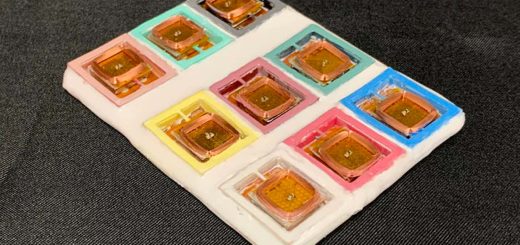Nuclear fusion experiment overcomes two key operating hurdles
Two important barriers to a stable, powerful fusion reaction have been leapt by an experiment in a small tokamak reactor, but we don’t yet know if the technique will work in larger devices
By Matthew Sparkes
24 April 2024
Inside the DIII-D tokamak fusion reactor
Rswilcox (CC BY-SA 4.0)
A nuclear fusion reaction has overcome two key barriers to operating in a “sweet spot” needed for optimal power production: boosting the plasma density and keeping that denser plasma contained. The milestone is yet another stepping stone towards fusion power, although a commercial reactor is still probably years away.
One of the main avenues being explored in efforts to achieve fusion power is using tokamak reactors. These have a doughnut-shaped chamber where plasma hotter than the surface of our sun is contained by vast magnets.
A new kind of experiment at the LHC could unravel quantum reality
The Large Hadron Collider is testing entanglement in a whole new energy range, probing the meaning of quantum theory – and the possibility that an even stranger reality lies beneath
Advertisement
It had been thought that there was a point – known as the Greenwald limit – above which you couldn’t raise the density of the plasma without it escaping the clutches of the magnets, potentially damaging your reactor. But raising density is crucial to increasing output, as experiments have shown that the output of tokamak reactors rises proportionally with the square of the fuel density.
Now, Siye Ding at General Atomics in San Diego, California, and his colleagues have shown that there is a way to raise the plasma density, and proved that it can be stable, by running the DIII-D National Fusion Facility tokamak reactor for 2.2 seconds with an average density that is 20 per cent above the Greenwald limit. While this barrier has been passed before, with less stability and for shorter durations, this experiment crucially also ran with a metric known as H98(y,2) of above 1.
H98(y,2) is a complex blend of measurements and values that shows how well the plasma is contained by the magnets, says Gianluca Sarri at Queen’s University Belfast, with a value of 1.0 or above signifying that plasma is being successfully held in place.


